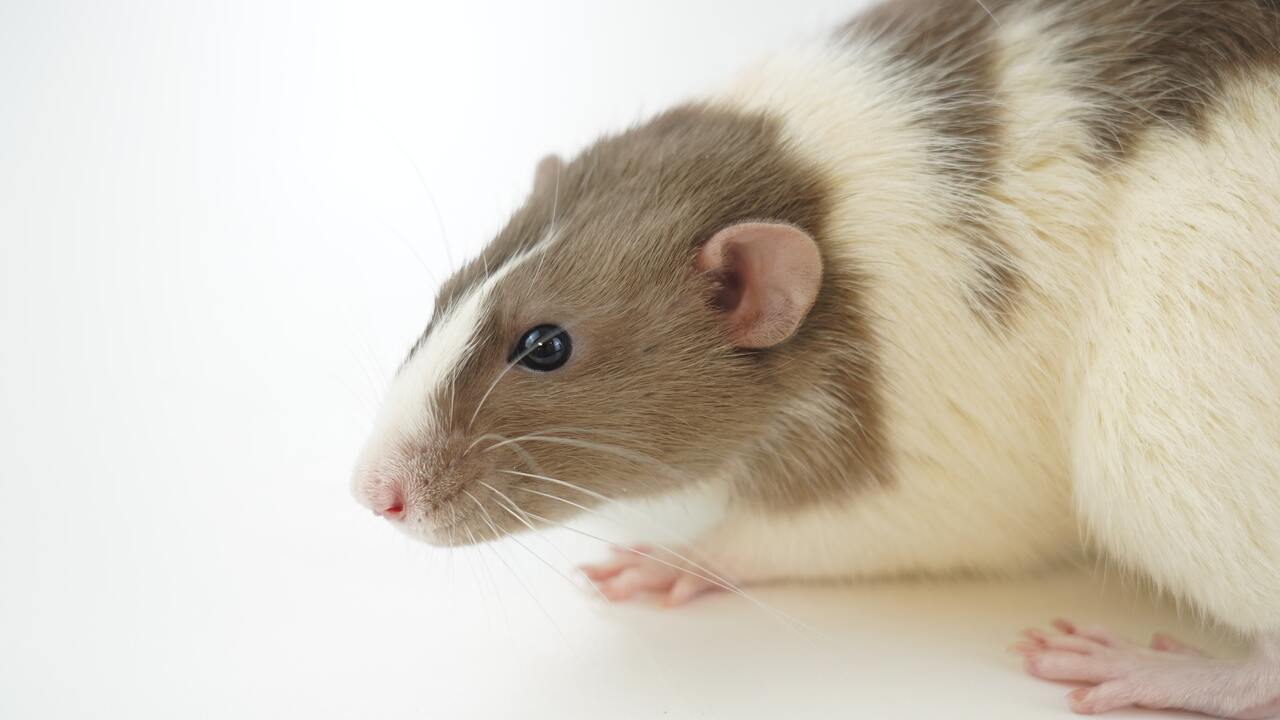The researchers developed a dosimetry phantom, which are three-dimensional models of a lab rat and rat. At some stages of research in the field of radiation therapy of oncological diseases, they can completely replace real animals.
It is important for this process to minimize the negative impact. Therefore, it is first necessary to obtain tomographic data of the irradiation zone, correctly identify the tumor and critical organs, select the necessary dose of radiation, draw up an accurate plan, control it with a dosimetric phantom, and only then irradiate patients.
Artificial animal models for research can be 3D printed. Two types of plastic are used: for soft tissues and for bone. The model should be as close as possible to the actual anatomy of the animal. The use of such phantoms will reduce the number of live rats and mice in preclinical experiments.
Source: Ferra













